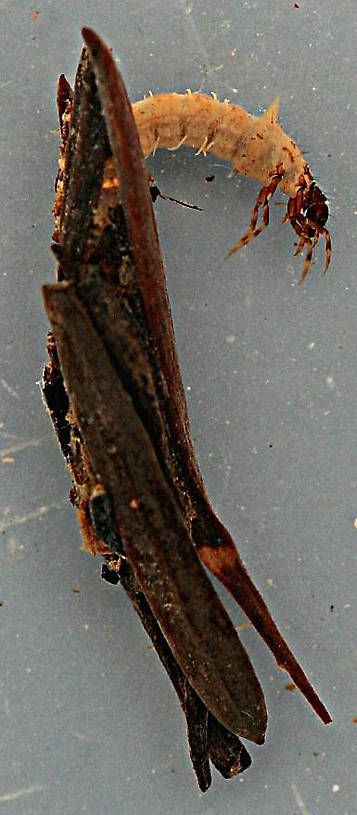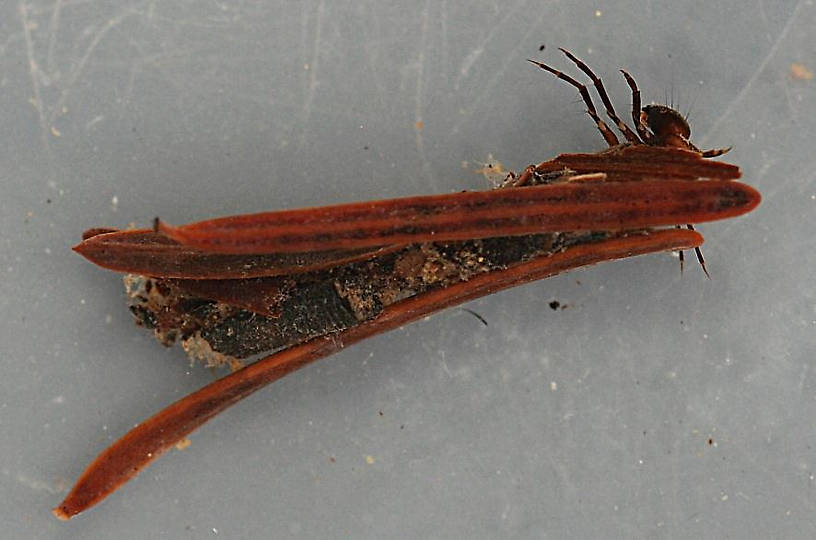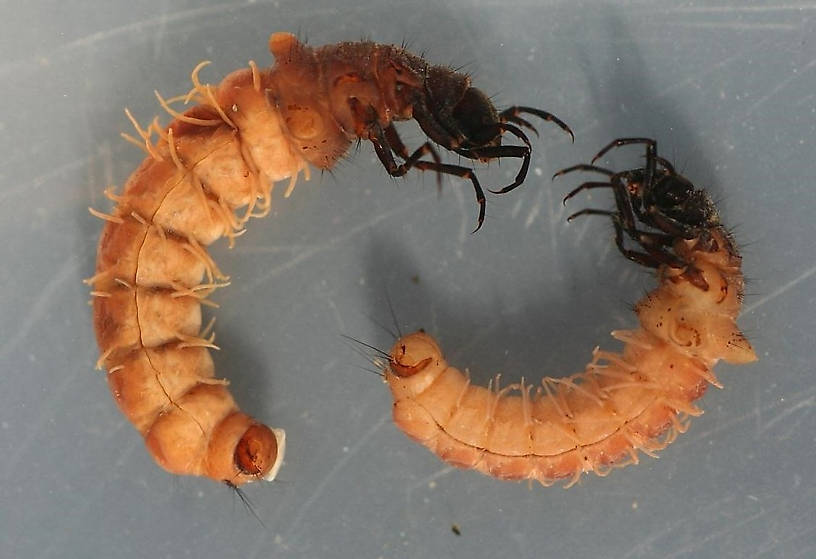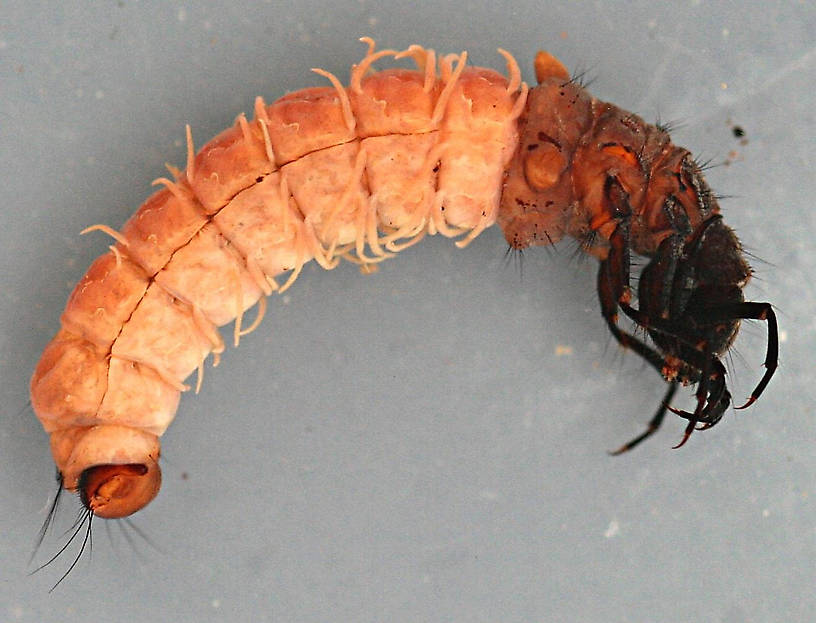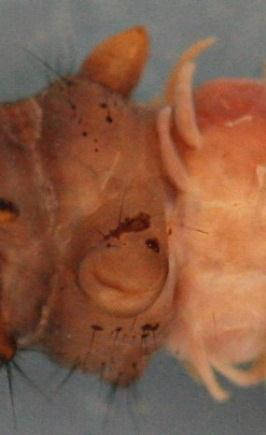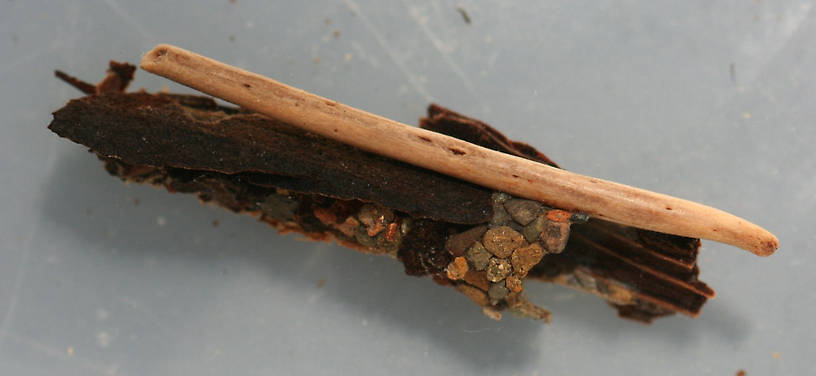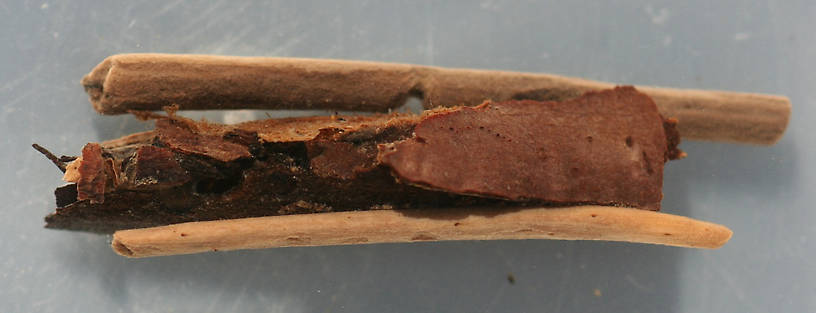Blog & Latest Updates
Fly Fishing Articles
Insects by Common Name


> > Psychoglypha sp. larvae
| Millcreek | March 23rd, 2015, 7:57 pm | |
| Healdsburg, CA Posts: 356 | These larvae are found in slack water and pools in Mill Creek (tributary to the Russian River). They begin to show around March and are pretty much gone by September. The cases change from small ones with redwood or Douglas fir needles to larger ones incorporating pieces of bark, small pieces of gravel and relatively large sticks. | |
| Creno | March 23rd, 2015, 10:09 pm | |
| Grants Pass, OR Posts: 305 | looks like at least two species there - the one at the top has banded legs. There are lots of species that are quite difficult to separate. It is likely that many records have been mis-determined. Most species don't have adequately described larvae. | |
| Millcreek | March 23rd, 2015, 10:59 pm | |
| Healdsburg, CA Posts: 356 | Yeah, the one at the top apparently is different. It would be interesting to see if they change as they get older. Other than the banded legs they appear quite similar. | |
| Creno | March 24th, 2015, 12:08 am | |
| Grants Pass, OR Posts: 305 | I don't think things like leg banding coloration will change. The color patterns should get more distinct with later instars. Most changes will occur with the addition/size of secondary setae/gills with later instars. | |
| Millcreek | March 24th, 2015, 12:39 am | |
| Healdsburg, CA Posts: 356 | Interesting. I'm going to have to go back to my vials and see if I can find some with banded legs as later instars. Also see if other changes occur. I'll keep you posted. | |
| Crepuscular | March 24th, 2015, 6:41 am | |
| Boiling Springs, PA Posts: 923 | nice | |
| Millcreek | March 24th, 2015, 12:38 pm | |
| Healdsburg, CA Posts: 356 | I went back and looked through my vials. Found the original one with banded legs. It was the only one out of about 70 with banded legs. Either an aberration or another species. The others of that age range were quite close in appearance except for the legs. | |
| PaulRoberts | March 24th, 2015, 8:34 pm | |
| Colorado Posts: 1776 | The "non-mammalian protrooberances" are different too. The dorsal hump on the first is nearly a spike. Nifty. | |
| Millcreek | March 24th, 2015, 11:37 pm | |
| Healdsburg, CA Posts: 356 | The "non-mammalian protrooberances" are different too. The dorsal hump on the first is nearly a spike. The "protooberances" are the same on all early instars. They get blunter as the larva matures. | |
| Creno | March 25th, 2015, 3:07 pm | |
| Grants Pass, OR Posts: 305 | The spacing humps of the 1st abdominal segment ("non-mammalian protrooberances" thought to be useful in respiration) are highly flexible, muscled, and, when viewed closely, have many small scales, setae, etc. They are retractile/extensile and, as such,the shape would be expected to be highly variable within both live and preserved material. I am not aware of the actual shape of the spacing humps having been used for taxonomic significance although their presence/absence, setation, scleritization, etc. is often used. | |
| Jmd123 | March 25th, 2015, 11:45 pm | |
| Oscoda, MI Posts: 2611 | "non-mammalian protrooberances" OK guys, I jut have to laugh...does this remind anyone else of Frank Zappa??? LOL seriously!!! ;oD Jonathon | |
| No matter how big the one you just caught is, there's always a bigger one out there somewhere... | ||
Quick Reply
You have to be logged in to post on the forum. It's this easy:
Related Discussions
| Title | Replies | Last Reply |
| Re: Caddis ID In Lepidostoma Little Brown Sedge Larva by DMM | 1 | Dec 22, 2007 by Creno |
| Re: Warmwater Caddis -Any Guesses? In the Identify This! Board by PaulRoberts | 2 | Feb 2, 2018 by PaulRoberts |
| Re: florida mayfly nymph imitations In the Mayfly Species Eurylophella temporalis by Homer47 | 2 | Sep 6, 2012 by Sayfu |
| Re: Oecetis sp. larvae and pupae (3 more) In the Identify This! Board by Millcreek | 9 | Jul 7, 2015 by Millcreek |
| Re: NC Cream Adult Chironomid help :) In the Identify This! Board by CouxJoe | 5 | Jun 22, 2012 by Falsifly |
| Re: Lepidostoma? In Lepidostoma Little Brown Sedge Larva by PaulRoberts | 2 | Aug 16, 2012 by PaulRoberts |
| Re: Lepidostoma sp. (5 more) In the Identify This! Board by Millcreek | 6 | Apr 19, 2015 by Millcreek |
| Re: Isonychia velma nymphs In the Photography Board by Millcreek | 7 | Aug 19, 2014 by Oldredbarn |
| Re: good Trichoptera key In Pycnopsyche Caddisfly Larva by Earlfishman | 4 | Apr 17, 2007 by GONZO |
| Re: Hate to do this again.... In Acroneuria abnormis Stonefly Nymph by PeterO | 5 | Oct 1, 2010 by GONZO |
Troutnut.com is copyright © 2004-2024 Jason
Neuswanger (email Jason). See my FAQ for information about use of my images.
 privacy policy
privacy policy

